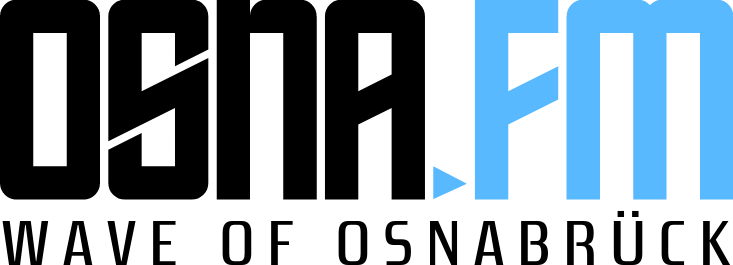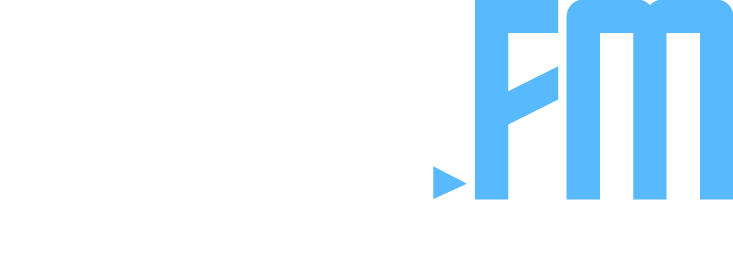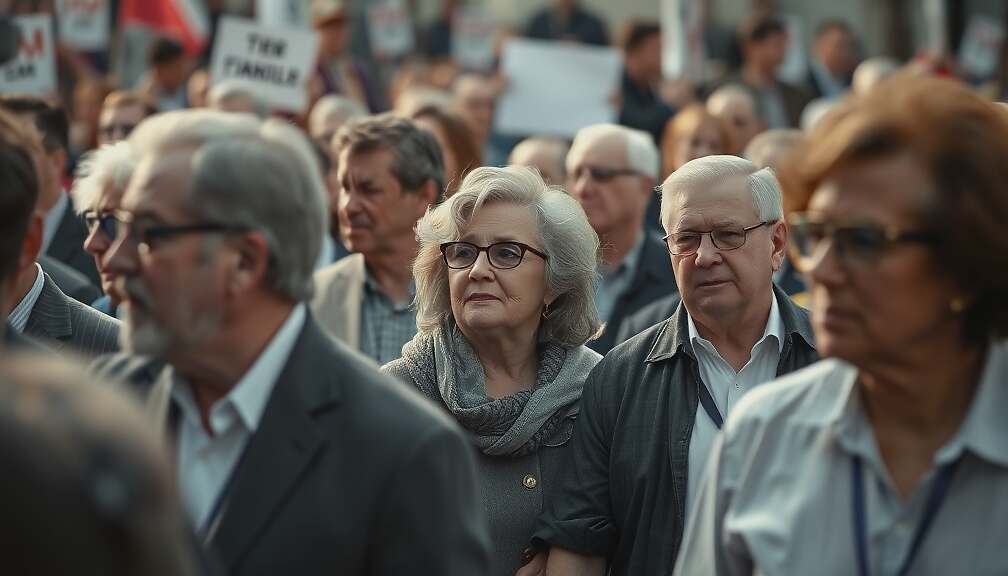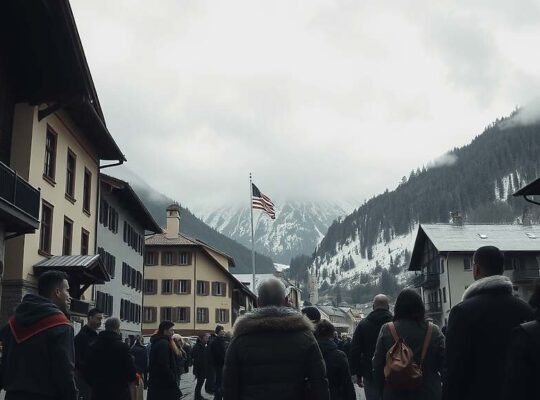New data reveals a significant shift in the landscape of German party membership. For the first time in 35 years, the number of individuals affiliated with political parties in Germany has experienced a sustained increase.
The findings, released as part of the annual party study conducted by Berlin-based political scientist Oskar Niedermayer, highlight a reversal of the long-standing decline in party membership. The rupture of the “traffic light” coalition government in November of last year appears to have been a contributing factor, with overall membership across Bundestag parties rising by 3.2 percent compared to the previous year.
The Alternative for Germany (AfD) recorded the most substantial growth, adding approximately 30 percent more members in 2024, building on a similar increase seen in 2023. The Green Party also registered a notable expansion, increasing its membership by 23 percent. This upward trend began in 2017 but was interrupted by a period of stagnation during the years of the “traffic light” coalition. The Left Party (Die Linke) also saw gains, with a 17 percent increase in membership.
Conversely, the Social Democratic Party (SPD) and the Free Democratic Party (FDP), both members of the former coalition government, experienced a continuation of their long-term decline. The SPD’s membership losses have eroded its position as the largest party in Germany, with the Christian Democratic Union (CDU) now holding that distinction. The FDP saw a decrease of approximately six percent in membership in 2024, a stark contrast to the 17 percent gain observed during the 2021 federal election year.
Niedermayer’s annual “Party Members in Germany” study, conducted at the Freie Universität Berlin, analyzes membership data, composition and regional representation across German political parties. The study revealed that membership has generally trended downward since the beginning of comprehensive tracking in 1990. Brief upticks occurred in 2013 and 2017, but these were ultimately offset. The 2021 election campaign, which brought the “traffic light” coalition to power, did not generate a significant increase in new members.












